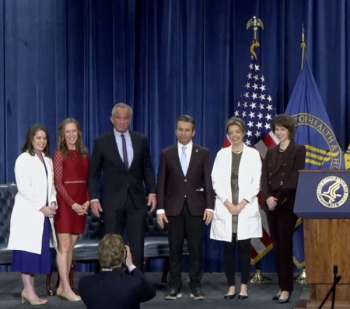
MGMA 2020: How to prevent workplace violence in your practice

Physicians need to prepare and take a stand against workplace violence
As tensions have risen with the onset of the COVID-19 pandemic, awareness of workplace violence in your practice is more important now than ever.
Rana McSpadden, FACMEP, CPC, CEMA is a Medical Practice Consultant with the Medical Practice Services Department at SVMIC. She provided some insight during her presentation at the MGMA 2020 practice excellence virtual conference on the best way to keep your practice safe.
“The
All other industries surveyed in 2018 reported 5,500 violent actions, whereas the healthcare industry had over 15,000 incidents, according to the statistics.
In order to decrease workplace violence, McSpadden outlined a 3-step process:
First, conduct a vulnerability assessment: Determine the specific risks associated with your practice. Questions for this step include inquiries about unmonitored entries and amount of security systems.
“I was out of practice not too long ago, and they had a police officer substation nearby and I recommended that they get to know those police officers more intimately because they were in a high crime area,” McSpadden said.
Second, create an action plan: You must create a plan where you practice can efficiently respond to a threat, whether it be an active shooter or an argumentative customer at the front desk that turns violent.
“Your staff members need to be aware of, at what point do I need to find somebody else, at what point do I need to bring in somebody else to help me with this individual?” McSpadden said. “A lot of times, bringing in the physician or the provider actually will calm them down. They will act a-fool out in the lobby, but as soon as that provider walks in the door they’re perfect angels.”
Finally, you must train your employees: Organizations across the country use a variety of safety programs to educate their employees. Many colleges and universities use A.L.I.C.E training while the FBI uses ‘Run. Hide. Fight’.
“One of the things that you need to be training your staff on are warning signs for individuals that could potentially become violent,” McSpadden said. “If you address or recognize these warning signs, you may be able to squash anything that actually is going to come down the pike.”
“We have a general duty to keep a safe working environment for our staff members,” McSpadden added. “We have plans against fire. We have plans against tornadoes- have a plan against violence.”
Newsletter
Stay informed and empowered with Medical Economics enewsletter, delivering expert insights, financial strategies, practice management tips and technology trends — tailored for today’s physicians.


















